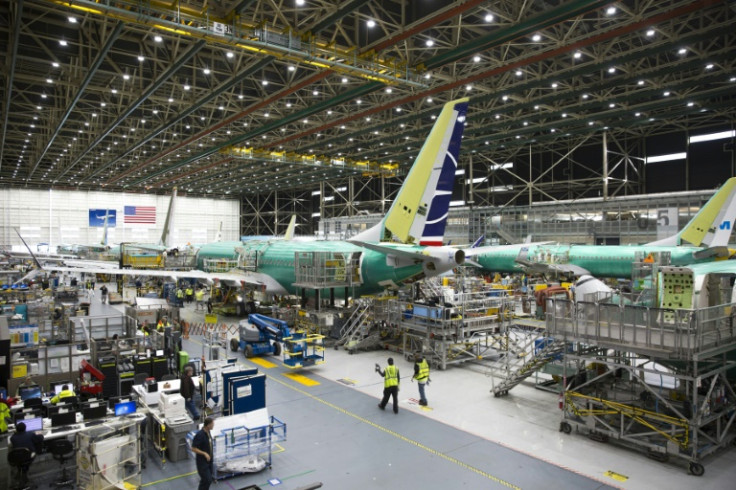Major Breakthrough: China Approves Boeing Deliveries in Signal of Renewed US Trade Ties
China resumes Boeing jet deliveries in a 90-day trade truce, boosting hopes for US-China ties.

In a significant step towards easing US-China trade tensions, China lifted its ban on Boeing aircraft deliveries on 12 May 2025, allowing airlines to resume accepting pre-existing jet orders.
The move, part of a 90-day trade truce brokered with the US, signals a thaw in relations after months of tit-for-tat tariffs.
For Boeing, facing £61.7 billion ($82 billion) in losses since 2018, this breakthrough offers critical relief, but can it restore confidence in a battered aerospace giant?
A Lifeline for Boeing's China Market
China's decision reverses a freeze imposed in April 2025, when Beijing halted Boeing deliveries in retaliation for US tariffs as high as 145% on Chinese goods.
'We're pleased to resume deliveries to our Chinese customers,' Boeing's CEO Kelly Ortberg told The Wall Street Journal on 13 May 2025, noting the importance of China's aviation market. The country, projected to buy 8,830 planes over 20 years, accounts for a quarter of Boeing's historical deliveries.
The ban forced Boeing to redirect jets, with three 737 Max planes returned to Seattle from China's Zhoushan facility in April, per Newsx.
The approval allows airlines like China Southern and Air China to accept roughly 50 jets planned for 2025, including 10 737 Max aircraft ready for delivery. X posts, like @WIONews on 14 May 2025, hailed the move as a 'positive shift' in US-China relations.
Trade Truce Sparks Optimism
The lifting of the ban follows a US-China agreement on 11 May 2025 to cut tariffs temporarily, easing pressures that drove a 7% S&P 500 drop earlier in 2025. China's retaliatory 125% tariffs had priced Boeing jets out of reach, while US restrictions hit Chinese carriers' maintenance costs.
The truce, covering 90 days until 10 August 2025, aims to foster talks for a lasting deal. 'This is a pragmatic step to stabilise trade,' an industry analyst told Reuters on 13 May 2025, reflecting cautious optimism.
Boeing's stock rose 2.3% on 13 May 2025, signaling investor relief. The decision spares Boeing the cost of rerouting jets to markets like India or Saudi Arabia, as considered during the ban.
Yet, competition from Airbus, which holds a dominant share in China, and domestic rival COMAC remains fierce, with Chinese airlines planning to take 179 Boeing jets by 2027.
Challenges Ahead for Boeing
Despite the breakthrough, Boeing faces hurdles. The company's recovery from a five-year 737 Max import freeze, a 2019 safety crisis, and supply chain issues is fragile. China's discretion over delivery terms could delay cash flows, critical for Boeing's £12.5 billion ($16.6 billion) debt.
X sentiment, like post on 13 May 2025, praised the truce but warned of risks if talks falter. A prolonged standoff could strengthen Airbus's commanding lead in China's aviation market or accelerate the rise of COMAC's C919, a domestic jet gaining traction with local carriers.
For now, Boeing's resumed deliveries, approved on 12 May 2025, represent a critical opportunity to regain ground in a market projected to demand thousands of aircraft over the next two decades.
However, persistent trade volatility threatens to disrupt these gains, as airlines may delay orders amid tariff uncertainties.
Can Boeing capitalise on this truce to solidify its foothold in China, or will renewed tensions erode its progress? Only time and the next 90 days will prove decisive for Boeing's ambitions.
© Copyright IBTimes 2025. All rights reserved.



















